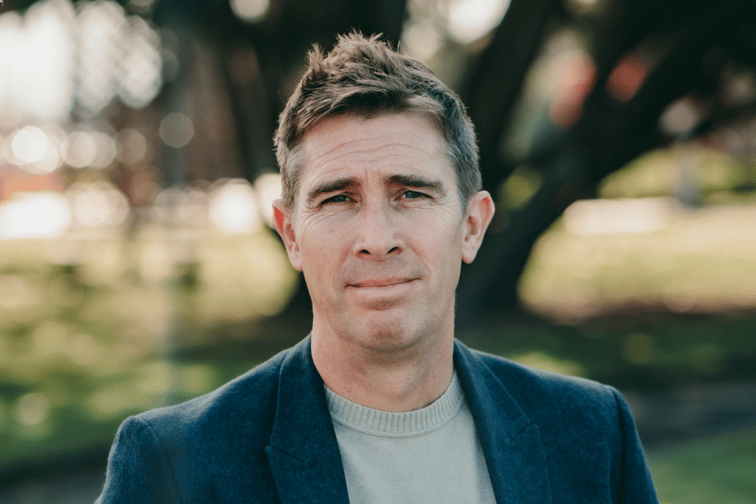

Tower may have been hit by $17.9 million in large event costs during the half year ended March 31, but the Kiwi insurer does not seem fazed. Here, chief executive Blair Turnbull (pictured) explains why.
According to the CEO, whose camp’s profit fell from $11.1 million to $3 million in the period, Tower is proactively managing the increasing frequency and severity of large events brought about by climate change.
“The five-year rolling average of large event costs for Tower has increased by around $5 million a year, compared to the 10-year average,” said Turnbull during the company’s earnings call with investors.
“We are continuously monitoring these trends and have important mitigations in place to help manage these risks – primarily through our risk-based pricing approach and our robust reinsurance programme which provides $20 million of aggregate cover and up to $862 million of catastrophe cover.”
With the aim of assisting homeowners to better understand their exposure while more accurately matching insurance pricing to risks, Tower rolled out a risk-based pricing model for flooding last November. Moving forward, the insurer plans to add other climate-related risks, like windstorm, to its ratings tool.
The CEO highlighted: “We are staying ahead of inflationary pressures by ensuring accurate sum insured amounts for our customers’ homes. Now almost 100% of our house customers’ policies are updated automatically either by the consumer price index or the Cordell calculator, compared to only 57% a year ago.
“Our underwriting capability is becoming increasingly automated with 95% of risks in New Zealand now sold without requiring a manual underwriting review. And we are continuously monitoring our pricing to ensure we stay both competitive and profitable.”
When it comes to claims, it was noted that the steps taken by Tower to address claims inflation are now benefitting the business.
“In 2021 we identified emerging challenges related to supply chain issues and inflation and quickly took a number of decisive actions,” Turnbull told investors. “As evidenced through our BAU (business-as-usual) claims ratio now returning to more normalised levels, these actions are delivering improvements.
“Our digital capability to streamline the claims lodgement process has seen the number of New Zealand claims lodged online increase 16% to 48%. By working with suppliers to optimise our supply chain, we are seeing efficiencies, with 76% of New Zealand motor repairs now being completed by our preferred supplier network.”
Tower’s BAU loss ratio in the period stood at 48.6%, an improvement from 52.1% previously. Growth-wise, Turnbull cited consistency in terms of premium and customer count, thanks to the company’s digitalisation and distribution strategy.
“We are growing both in customer and premium; we are controlling inflationary pressures on claims expenses well; and our increasing scale is continuing to deliver efficiencies,” declared the chief executive during the investor call.
Read more: Introducing NZ’s general insurer of the year
Turnbull also asserted: “Our goal for 2022 is for Tower to offer a world-class digital experience on one core leading platform for all our personal lines customers across New Zealand and the Pacific. We have taken several important steps towards this aim in the past year with the launch of our cloud-based technology platform in Fiji, Tonga, Vanuatu, and Samoa. The full rollout is due to complete by the end of 2022.
“This is already delivering benefits, whereby now in Fiji, some 88% of all new business is handled via our digital platform versus 23% in the prior year. And we have launched industry-leading offerings like the ability to pay premiums online, an industry-first in the Pacific. Thanks to the technology and digital investments we have made in the past two years, we are also achieving efficiencies.”
In Turnbull’s view, Tower’s technology and distribution advantage affords strong long-term customer and premium growth prospects.
Meanwhile, for the half year, Tower confirmed an interim dividend of 2.5 cents per share.
“Our strong capital and solvency position saw us return $30.4 million of excess capital to shareholders in the half,” said Turnbull when he addressed investors. “We were pleased to see this strength acknowledged last month by rating agency AM Best which reaffirmed Tower’s financial strength rating at A-, excellent.
“Our New Zealand parent solvency ratio is 210%, which is $72.2 million above our minimum solvency capital after the 2.5 cent dividend is paid.”
The half-year dividend will be paid on June 30.
